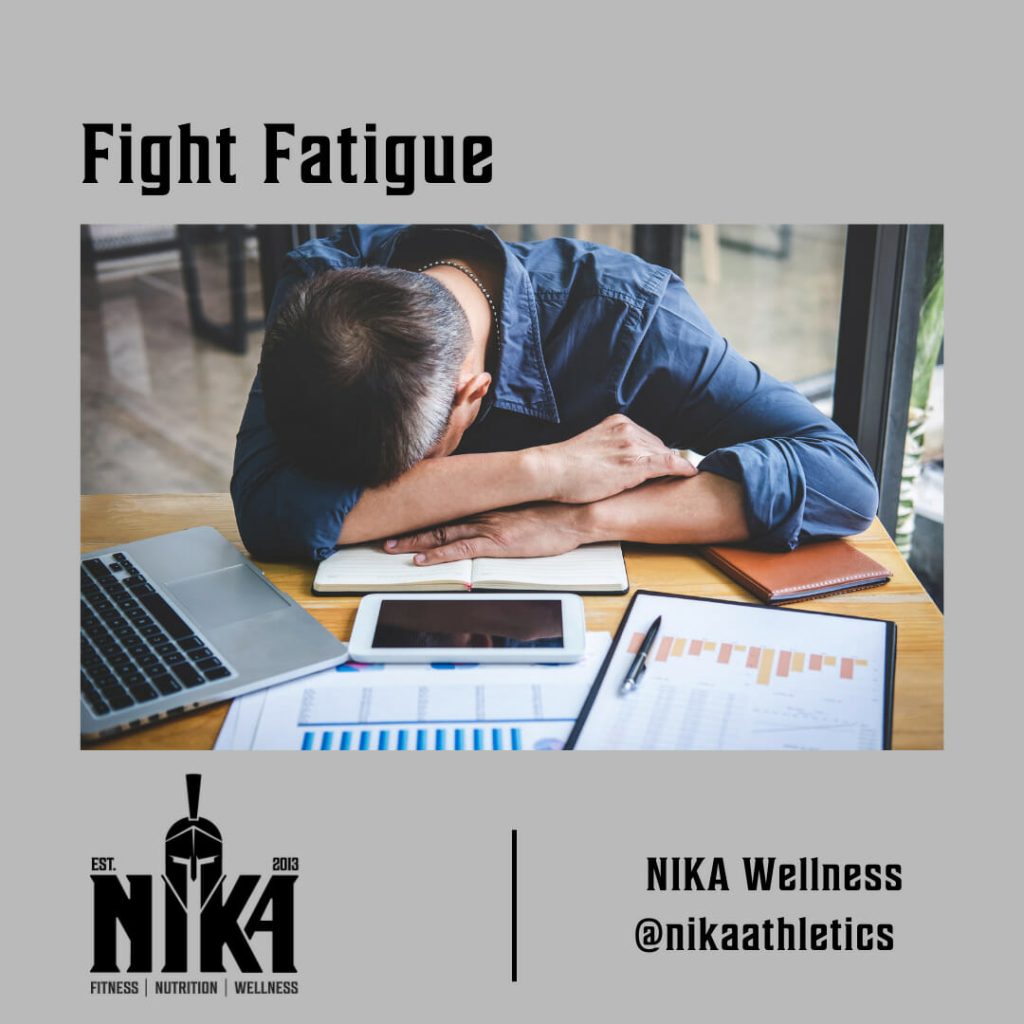There’s a reason energy “hacks” can be easily found online. A lot of people feel like they’re dragging, fatigued, zapped. Maybe you’ve tried them and none have worked. You’ve seen a doctor and they say you’re perfectly fine. And yet, you still feel like you lack the energy you remember having, your focus is not as great.
We have three experiments to try if you’re not feeling refreshed.
First, optimize your sleep environment.
Our physical environment effects our sleep. For example, one of our members could not figure out why she avoided going to bed every single night. After discussing it, having her take notice, she found her bedroom was a bit of a dumping ground for junk, which reminded her of all the work she had yet to do. More stress meant less sleep.
This should not be a surprise, but a relaxing environment is essential for a good night’s rest. People sleep better when their bedroom is adjusted for comfort, light, and noise and temperature.
Your first experiment to try is to redesign your sleep area, and this comes in two levels.
First level, start by decluttering.
Marie Kondo, the famous tidying consultant, author, and Netflix star, based her “KonMari” cleaning method on this idea: You can transform your home into a space of serenity and inspiration just by decluttering.
This comes with not only improving your sleep, but a soothing, restful environment can lead to mental clarity as well.
Take note of this though: you do not have to reach Kondo-perfection, and it doesn’t have to be done all the cleaning at once.
The above mention member committed to tackling one tiny pile of stuff every day. Within a few weeks, her bedroom became a haven, rather than a dumpster. And guess what? She couldn’t wait to get into bed every night, relax with a cup of tea, read a good book, and go to sleep.
Next up in our levels of optimizing your sleep environment, redecorate!
When you are redecorating for the best sleep environment, you may want to adjust:
- Light levels and quality: Dimmed or red/orange spectrum light (as opposed to bright or blue/green-spectrum light) can help promote sleep and relaxation. For some people, a night light adds a feeling of safety, making it easier to sleep.
- Environmental temperature: In general, body temperature tends to lower during sleep, so having a cool environment is considered sleep-promoting. Some people find warmth to be more relaxing, and would prefer a heated blanket or warm bath before bed. Find what works for you and go with it.
- Noise (and silence) levels: Some people need silence to sleep best. Others find background sounds—like music, storm or songbird playlists, or white noise— to be more relaxing.
- Tactile stimulation: How do you feel about flannel pajamas? A fluffy cat or dog? A body pillow or stuffed animal? A weighted blanket? Don’t know? Try it.
That’s it for part one. Remember these are all experiments, not everyone is the same. Try something, and see what works.
Check back for part two.

